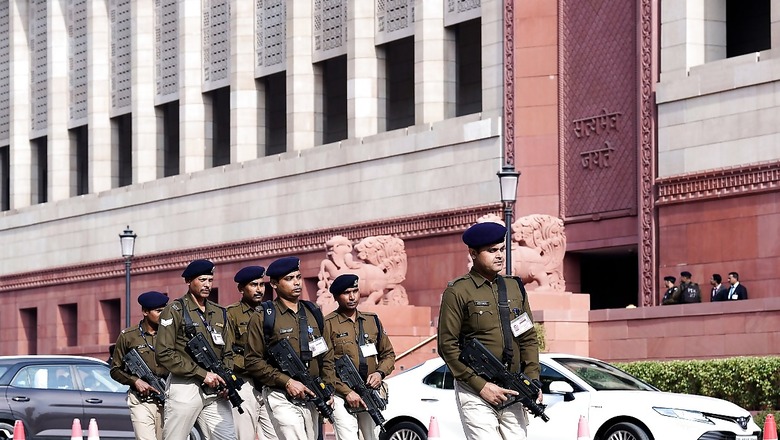
views
A Joint Parliamentary Committee (JPC) on Security Matters in the Parliament House Complex was established by the then Lok Sabha Speaker GMC Balayogi on December 22, 2001, eight days after a shocking attack on Indian Parliament. The 10-member committee was led by then Deputy Speaker PM Sayeed, with a mandate to create fool-proof security arrangements for Parliament.
Prior to this, on October 10, 2001, the Lok Sabha chairman had constituted an ‘Expert Group’ to further enhance security measures in the Parliament House Complex.
The action was prompted after a deadly attack on the Jammu & Kashmir Legislative Assembly on October 1, 2001, where three JeM terrorists rammed an explosive-laden car into the main gate of the state legislature building in Srinagar, accompanied by gunfire, resulting in the death of 38 people in the terror attack.
The ‘Expert Group’ included representatives from the Delhi Police, the Intelligence Bureau, SP, CRPF, and Parliament House Complex security staff. Its recommendations were submitted to the newly formed JPC on security matters. Major recommendations by the Expert Group included security measures concerning various gates/passages in the Parliament House Complex, as well as technological upgrades for its equipment.
The JPC on security measures requested the Ministry of Home Affairs and the Intelligence Bureau to assist in achieving these goals.
In 2002, the JPC, along with MHA officials, visited some European countries like the US, the UK, Germany, France, and The Netherlands to gain first-hand knowledge of the security setups in those countries. They concluded that the existing security system in the Indian Parliament was as stringent as in the parliamentary buildings of those countries.
Reportedly, it was highlighted that the primary cause of security lapses in Parliament was human error. MPs sometimes disregard the established rules in the Parliament House Complex or issue visitor passes without proper background checks or misuse parking labels.
A human error was behind the security lapse that occurred on Wednesday in the Lok Sabha, as intruders were not properly frisked, and their antecedents were likely not adequately verified. Seven had planned it, with four implementing the breach: two inside Lok Sabha and two outside Parliament. Those in the Lok Sabha’s public gallery jumped out of it, with one spraying yellow gas from a canister hidden in his shoes. Six have been arrested, and one is absconding.
The fact that they could enter the House with a canister indicates they were not properly frisked. Eight security personnel of the Lok Sabha have been suspended for neglecting their responsibilities.
Many MPs are demanding action against BJP MP from Mysuru, Pratap Simha, as his office had issued passes to two accused individuals in the Lok Sabha Public Gallery. Simha met Parliamentary Minister Pralhad Joshi to clarify his stance. One of the accused was in regular contact with Simha’s PA, requesting passes. Simha also stated that he had no additional information about the intruders.
Security lapses like Wednesday’s incident have occurred thrice before in the Indian Parliament. On May 5, 1994, a man jumped from the Lok Sabha Public Gallery, shouting slogans. He was immediately taken into custody but later released with a stern warning. On August 24, 1994, another man jumped from the Lok Sabha Public Gallery, was detained, and subsequently jailed for two days. They were held guilty of contempt of the House.
In the third incident on November 25, 2016, a visitor sitting in the Lok Sabha Public Gallery attempted to jump onto the MP benches but was quickly subdued by the security personnel. Then-Speaker Sumitra Mahajan recommended his release with a warning after an inquiry. According to PTI, public galleries in the Parliament House Complex have Delhi Police personnel to prevent such incidents.
Fortunately, those visitors did not carry any objects like the hidden gas canister this time. The security lapse that happened on Wednesday is serious, considering that visitors are prohibited from carrying sticks, umbrellas, briefcases, handbags, smoking materials, books, printed posters, cell phones, or similar items into the public galleries of the House. If someone could smuggle even a small canister-like item inside, it raises concerns about the possible smuggling of lethal objects into the Parliament House Complex.
To prevent such incidents in the future, public galleries in the Parliament House Complex will be enclosed by glass structures now onwards, and body scanners will be used for Parliament visitors. For now, the issuance of passes to visitors has been immediately suspended following the security breach.










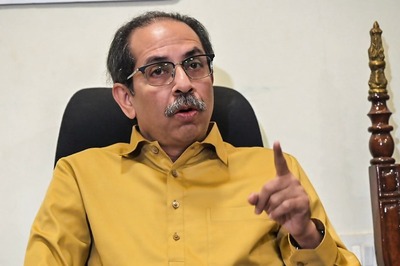
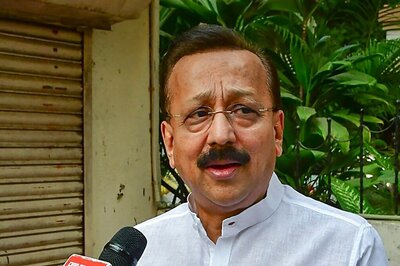

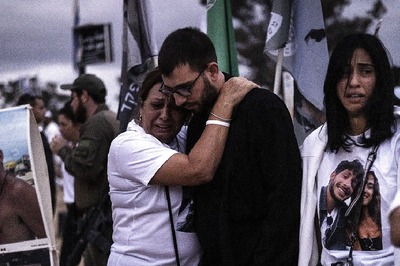
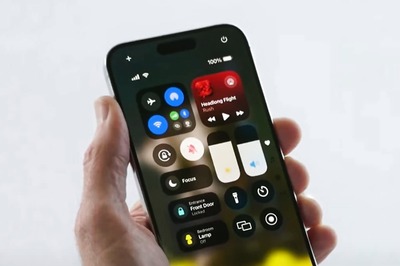
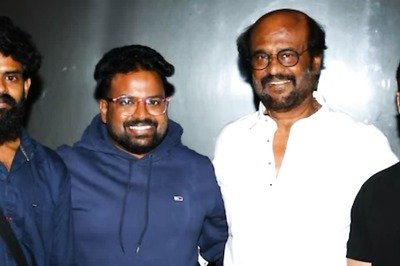

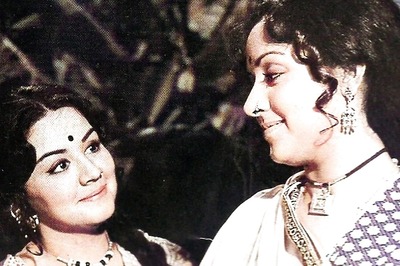
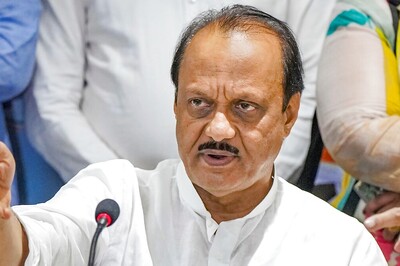

Comments
0 comment